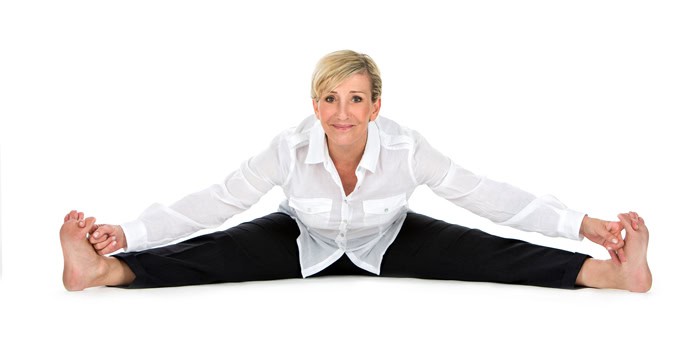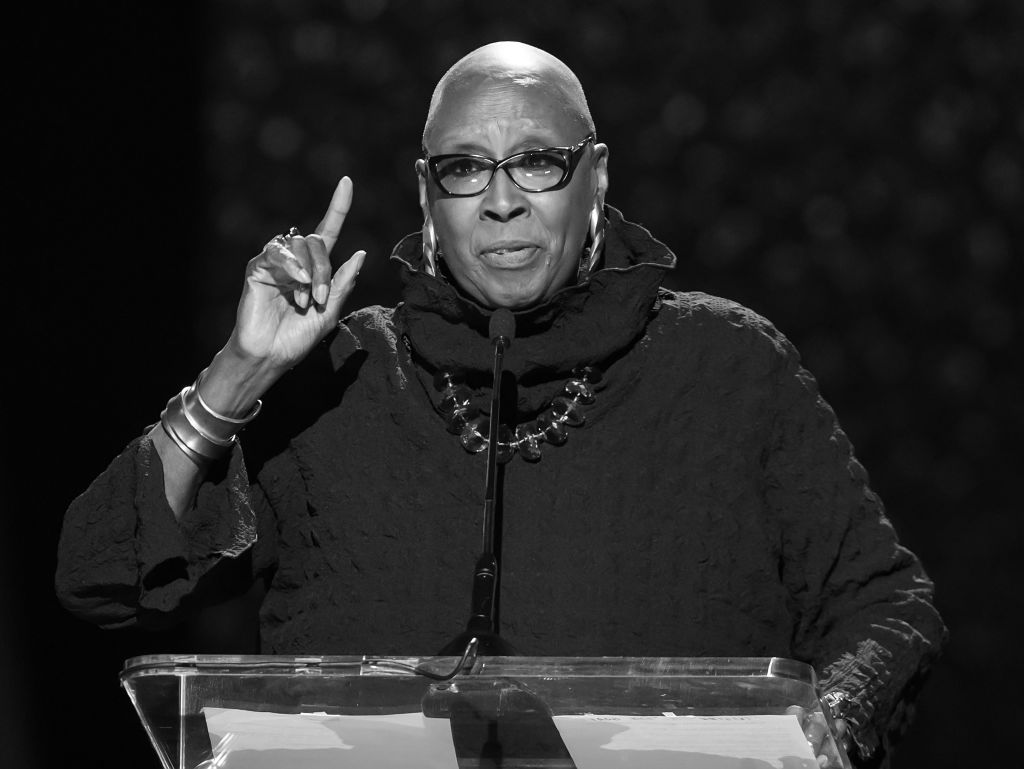Productivity is a sore subject for a lot of people. Philosophically, the concept is a nightmare. Americans invest personal productivity with moral weight, as though human worth can be divined through careful examination of work product, both professional and personal. The more practical questions of productivity are no less freighted with anxiety. Are you doing enough to hold on to your job? To improve your marriage? To raise well-adjusted kids? To maintain your health? What can you change in order to do more?
Anxiety breeds products, and the tech industry’s obsession with personal optimization in particular has yielded a bounty of them in the past decade or two: digital calendars that send you push notifications about your daily schedule. Platforms that reimagine your life as a series of project-management issues. Planners as thick as encyclopedias that encourage you to set daily intentions and monthly priorities. Self-help books that cobble together specious principles of behavioral psychology to teach you the secrets of actually using all of the stuff you’ve bought in order to optimize your waking hours (and maybe your sleeping ones too).
Underneath all of the tiresome discourse about enhancing human productivity or rejecting it as a concept, there is a bedrock truth that tends to get lost. There probably is a bunch of stuff that you need or want to get done, for reasons that have no discernable moral or political valence—making a long-delayed dentist appointment, picking up groceries, returning a few nagging emails, hanging curtains in your new apartment. For that, I come bearing but one life hack: the humble to-do list, written out on actual paper, with actual pen.
First, cards on the table: I’m not an organized person. Much of the advice on these topics is given by people with a natural capacity for organization and focus—the people who, as kids, kept meticulous records of assignments and impending tests in their school-issued planners. Now they send out calendar invites to their friends once next weekend’s dinner plans are settled and have never killed a plant by forgetting to water it. They were, in my opinion, largely born on third base and think they hit a triple. I, by contrast, have what a psychiatrist once called a “really classic case” of ADHD. My executive function is never coming back from war. I have tried the tips, the tricks, the hacks, the apps, and the methods. I have abandoned countless planners three weeks into January. Years ago, I bought a box with a timed lock so that I could put my phone in it and force myself to write emails. Perhaps counterintuitively, that makes me somewhat of an amateur expert in the tactics that are often recommended for getting your life (or at least your day) in order.
It took me an embarrassingly long time to try putting pen to paper. By the time I was in the working world, smartphones were beginning to proliferate, and suddenly, there was an app for that. In the late 2000s, optimism abounded about the capacity for consumer technology to help people overcome personal foibles and make everyday life more efficient. Didn’t a calendar app seem much neater and tidier than a paper planner? Wouldn’t a list of tasks that need your attention be that much more effective if it could zap you with a little vibration to remind you it exists? If all of your schedules and documents and contacts and to-do lists could live in one place, wouldn’t that be better?
Fifteen years later, the answer to those questions seems to be “not really.” People habituate to the constant beeps and buzzes of their phone, which makes rote push-notification task reminders less likely to break through the noise. If you make a to-do list in your notes app, it disappears into the ether when you finally lock your phone in an effort to get something—anything!—done. Shareable digital calendars do hold certain practical advantages over their paper predecessors, and services such as Slack and Google Docs, which let people work together at a distance, provide obvious efficiencies over mailing paperwork back and forth. But those services’ unexpected downsides have also become clear. Trivial meetings stack up. Work bleeds into your personal time, which isn’t actually efficient. Above all, these apps and tactics tend to be designed with a very specific kind of productivity in mind: that which is expected of the average office worker, whose days tend to involve a lot of computer tasks and be scheduleable and predictable. If your work is more siloed or scattered or unpredictable—like, say, a reporter’s—then bending those tools to your will is a task all its own. Which is to say nothing of the difficulty of bending those tools to the necessities of life outside of work.
My personal collision with the shortcomings of digital productivity hacks came during the first year of the pandemic, when many people were feeling particularly isolated and feral. Without the benefit of the routines that I’d constructed for myself in day-to-day life in the outside world, time passed without notice, and I had trouble remembering what I was supposed to be doing at any given time. I set reminders for myself, opened accounts on task-management platforms, tried different kinds of note-taking software. It was all a wash. At the end of my rope, I pulled out a notebook and pen, and flipped to a clean page. I made a list of all the things I could remember that I’d left hanging, broken down into their simplest component parts—not clean the apartment, but vacuum, take out the trash, and change your sheets.
It worked. When I made a list, all of the clutter from my mind was transferred to the page, and things started getting done. It has kept working, years later, any time I get a little overwhelmed. A few months after my list-making breakthrough, I tried to translate this tactic to regular use of a planner, but that tanked the whole thing. I just need a regular notebook and a pen. There’s no use in getting cute with it. Don’t make your to-do list a task of its own.
All of this might sound preposterously simple and obvious. If you were born with this knowledge or learned it long ago, then I’m happy for you. But for people like me for whom this behavior doesn’t come naturally, that obvious simplicity is exactly the genius of cultivating it. Your list lives with you on the physical plane, a tactile representation of tasks that might otherwise be out of sight and out of mind (or, worse, buried in the depths of your laptop). It contains only things that you can actually accomplish in a day or two, and then you turn the page forever and start again. If you think of more things that need to be on the list after you think you’re done making it, just add them. If you get to the last few things on the list and realize they’re not that important, don’t do them. This type of to-do list doesn’t take any work to assemble. It isn’t aesthetically pleasing. It doesn’t need to be organized in any particular way, or at all. It’s not a plan. It’s just a list.
If you’d feel more convinced by some psychological evidence instead of the personal recommendation of a stranger with an aversion to calendars, a modest amount of research has amassed over the years to suggest that I’m on the right track. List-making seems to be a boon to working memory, and writing longhand instead of typing on a keyboard seems to aid in certain types of cognition, including learning and memory. My own experience is in line with the basic findings of that research: Writing down a list forces me to recall all of the things that are swimming around in my head and occasionally breaking through to steal my attention, and then it moves the tasks from my head onto the paper. My head is then free to do other things. Like, you know, the stuff on the list. There are no branded tools you have to buy, and no subscriptions. It cannot be monetized. Write on the back of your water bill, for all I care. Just remember to pay your water bill.





















Discussion about this post